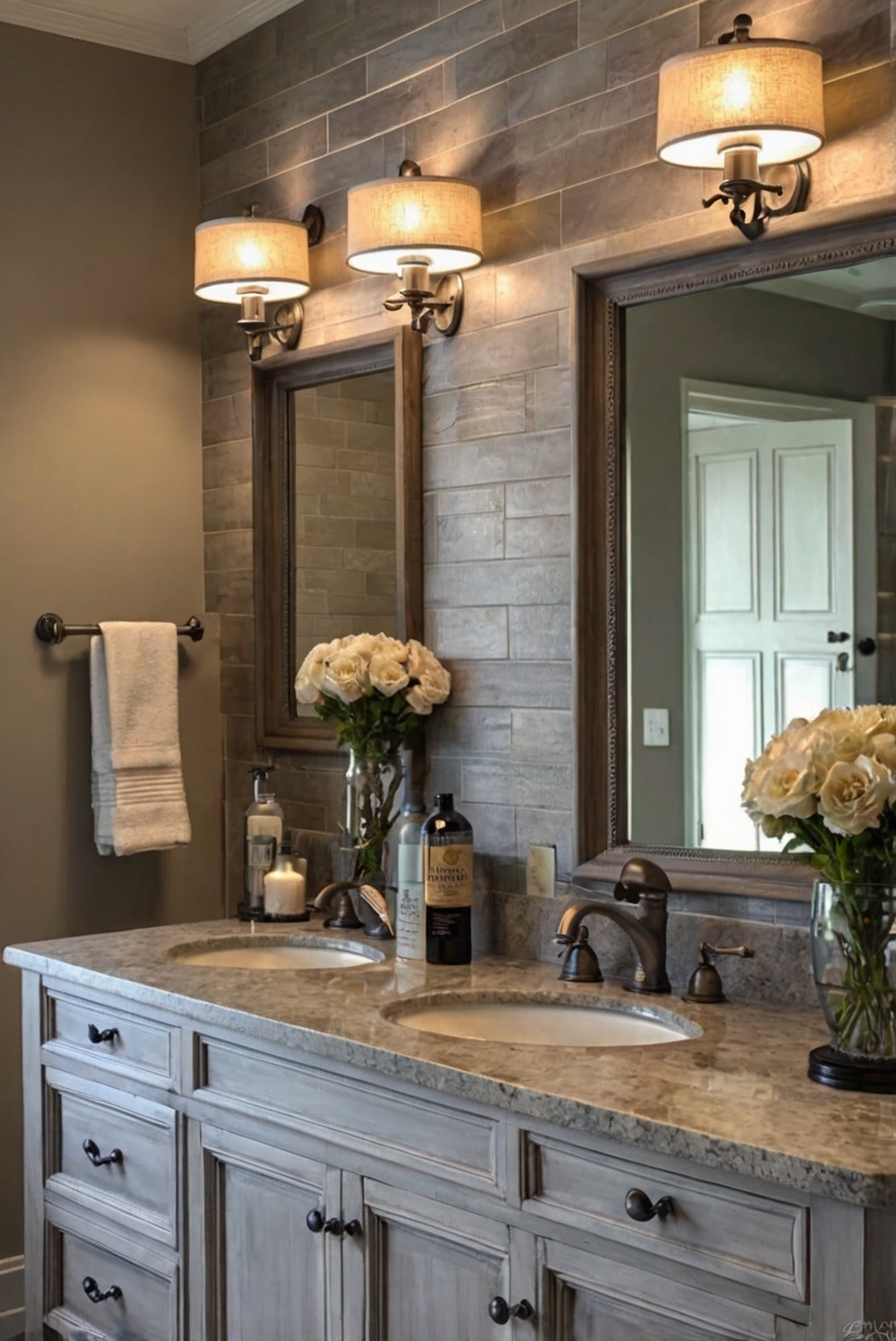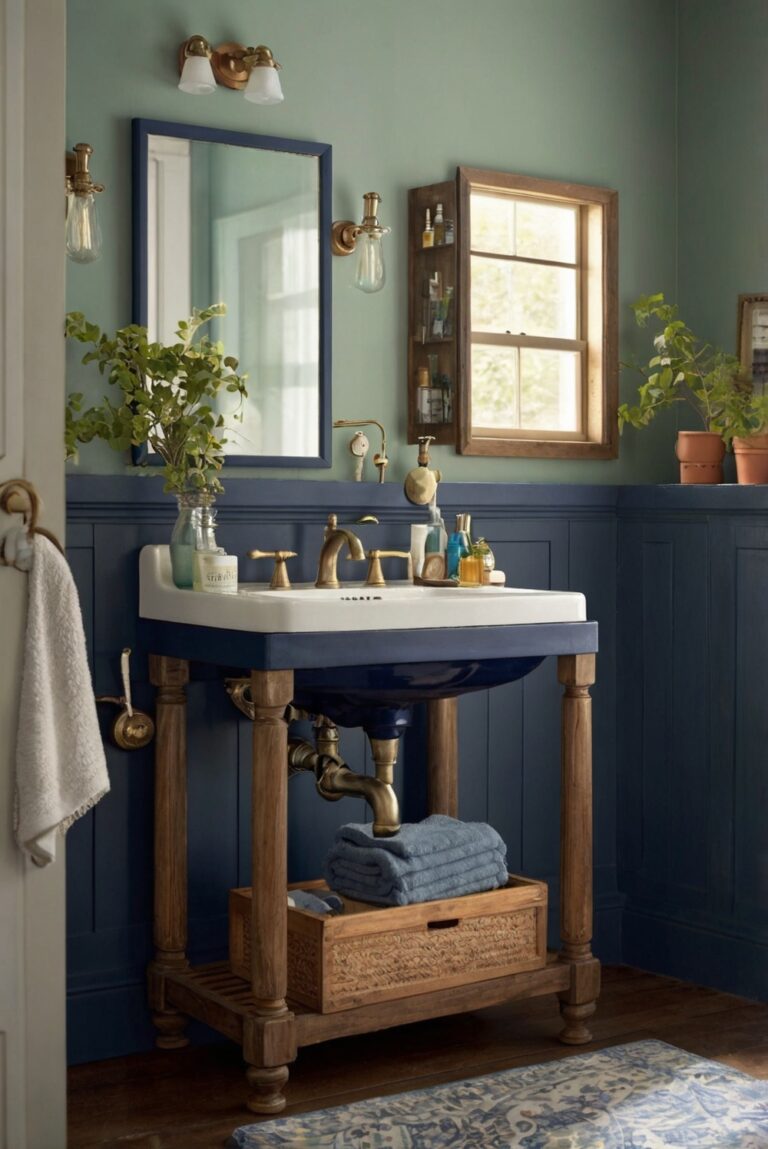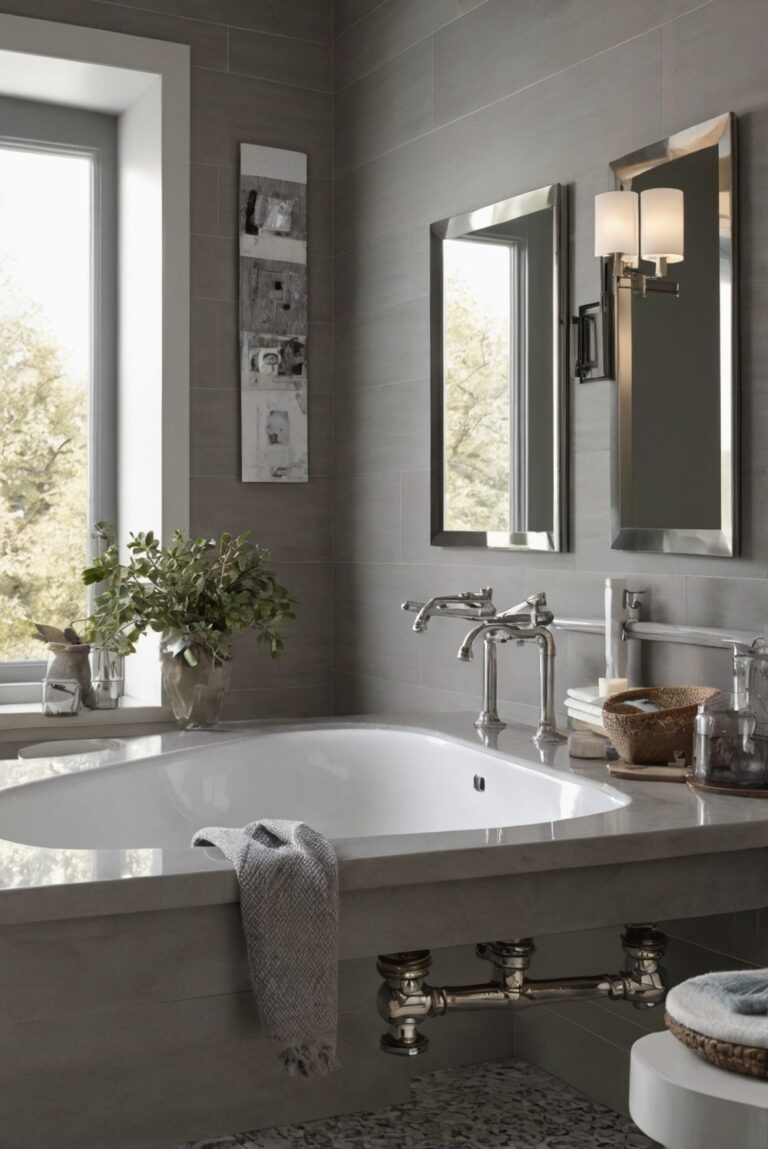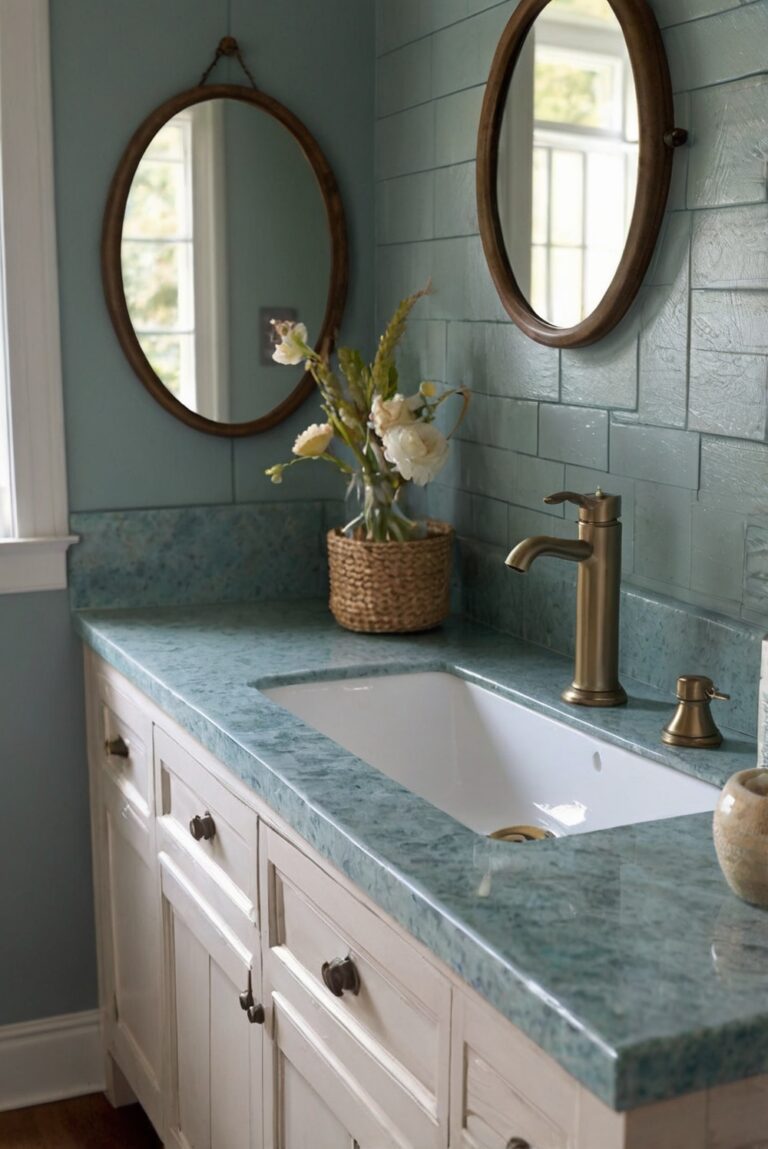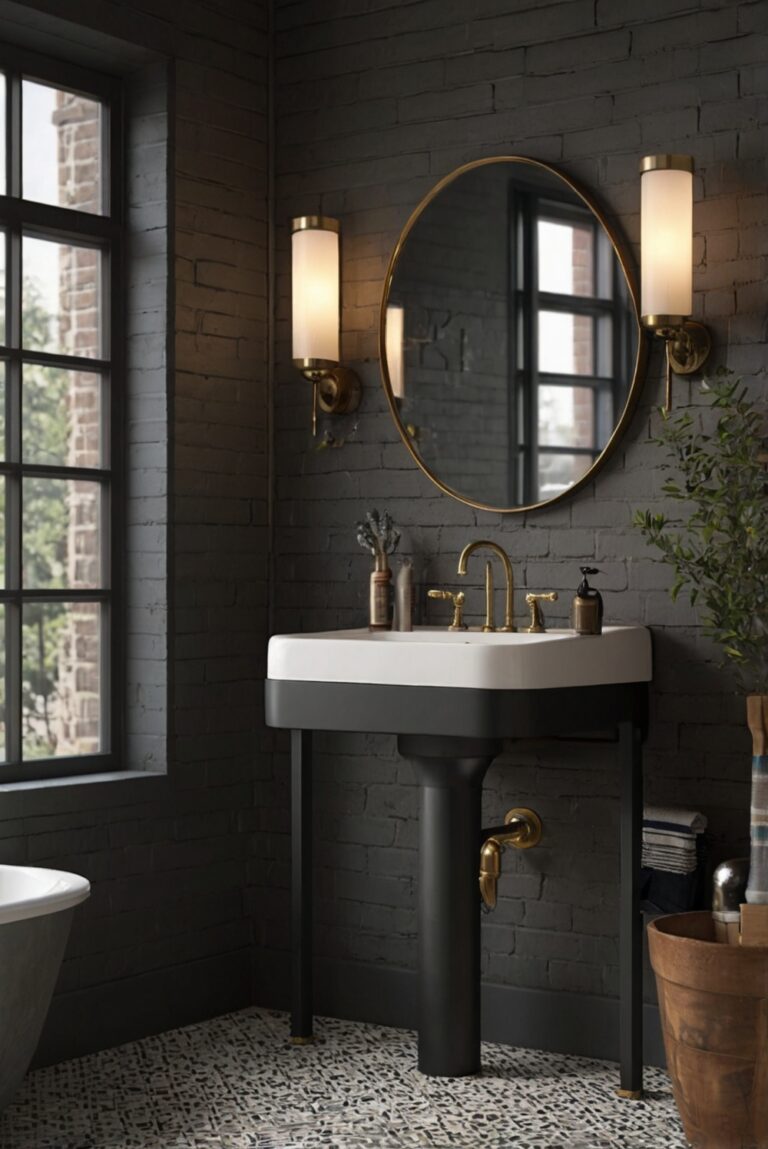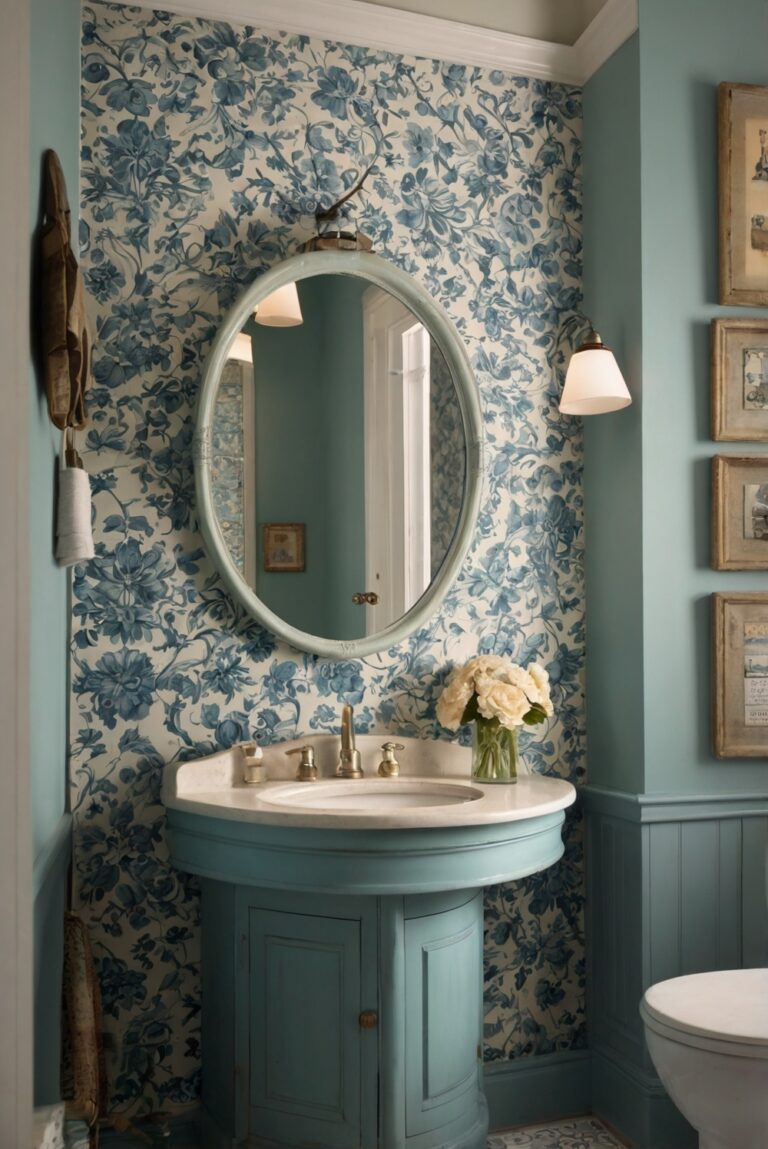Explore the essential steps in selecting the perfect sink size for your bathroom vanity. From measurements to design preferences, find the ideal fit for your space.
How to Choose the Right Size Sink for Your Bathroom Vanity?
The right size sink for your bathroom vanity can make a significant difference in both aesthetics and functionality. When selecting a sink size, consider the dimensions of your vanity, the space available in your bathroom, and the location of other fixtures like the toilet and shower. A larger sink can provide more washing space but may compromise storage options, while a smaller sink can save space but might be less practical for daily use. Additionally, ensure that the sink complements the overall design of your bathroom and matches the style of your existing fixtures. Proper space planning is key to creating a harmonious home interior design.
Remember to take measurements carefully and consult with professionals if needed to ensure that the sink fits perfectly in your bathroom vanity.
Consider the Size of Your Vanity:
Before choosing a sink for your bathroom vanity, it is crucial to consider the size of your vanity. The sink should complement the vanity and not overwhelm it. Measure the width and depth of your vanity to determine the maximum size of the sink that will fit comfortably.
Think About the Number of Users:
Another important factor to consider is the number of users who will be using the bathroom vanity. If the vanity is in a shared bathroom used by multiple people, you may want to consider a larger sink to accommodate everyone’s needs. However, for a smaller bathroom or a vanity used by only one person, a smaller sink may be more appropriate.
Look at Different Styles and Designs:
When choosing a sink for your bathroom vanity, take into account the different styles and designs available. There are various options such as undermount, drop-in, vessel, and wall-mounted sinks. Each style has its own unique look and functionality, so choose one that complements the overall design of your bathroom.
Consider the Plumbing and Installation:
It is essential to consider the plumbing and installation requirements when selecting a sink for your bathroom vanity. Make sure the sink you choose is compatible with your existing plumbing setup and that it can be easily installed in your vanity. If you are replacing an old sink, ensure that the new sink’s dimensions match the existing cutout in the vanity top.
Take into Account Your Budget:
Lastly, consider your budget when choosing a sink for your bathroom vanity. Sinks come in a wide range of prices, so it is essential to set a budget and stick to it. Remember that higher-priced sinks are not always better quality, so do your research and choose a sink that offers the best value for your money.
In conclusion, when choosing the right size sink for your bathroom vanity, consider the size of your vanity, the number of users, the style and design of the sink, plumbing and installation requirements, and your budget. By taking these factors into account, you can select a sink that not only fits seamlessly into your bathroom but also meets your practical and aesthetic needs.
1. How do I determine the right size sink for my bathroom vanity?
When choosing the right size sink for your bathroom vanity, consider the dimensions of the vanity itself. Measure the width of the vanity and ensure that the sink you choose fits comfortably within that space. Additionally, think about the depth of the sink and how it will align with the countertop. A sink that is too deep may lead to splashing, while a shallow sink may not be practical for daily use. Take into account the faucet placement and any additional storage space you may need around the sink.
2. What are the standard sizes for bathroom vanity sinks?
Standard bathroom vanity sink sizes typically range from 16 to 24 inches in width. However, for larger vanities, you may find sinks that are 30 inches or more in width. Depth-wise, sinks usually range from 12 to 18 inches. It’s essential to choose a sink size that complements the overall design of your bathroom and provides enough functional space for your daily routines.
3. Should I consider the shape of the sink when choosing the right size?
Yes, the shape of the sink is an important factor to consider when selecting the right size for your bathroom vanity. Rectangular sinks are popular for their sleek and modern look, while oval sinks can add a touch of elegance to the space. Round sinks are also a great option for smaller vanities as they can help save space. Ultimately, the shape of the sink should complement the style of your bathroom and the overall aesthetic you are trying to achieve.
4. Are there any tips for maximizing space with a smaller sink and vanity?
If you have a smaller bathroom with limited space, consider opting for a compact sink and vanity combo. Wall-mounted sinks can help create the illusion of more space by freeing up floor area. Additionally, choosing a corner sink can maximize space utilization in tight corners. To further enhance storage, look for vanities with built-in shelves or drawers to keep your bathroom essentials organized and easily accessible.
5. What are some common mistakes to avoid when selecting a sink size for a bathroom vanity?
One common mistake to avoid is choosing a sink that is too large for the vanity, which can result in overcrowding and limited counter space. Conversely, selecting a sink that is too small may not only look out of proportion but also hinder daily tasks such as washing your face or hands comfortably. It’s crucial to strike a balance between the size of the sink and the vanity to ensure both functionality and aesthetics are met. Additionally, consider the faucet placement and clearance to prevent any obstructions during use.

